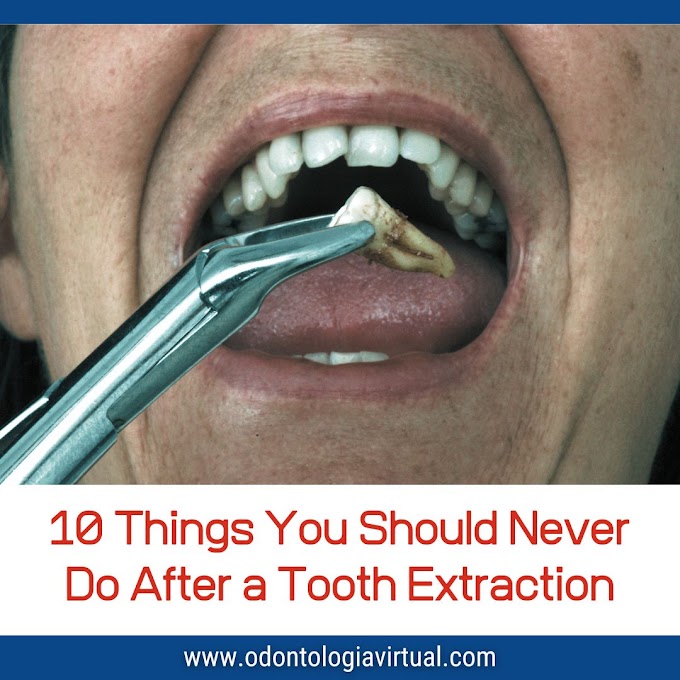Attachment retained implant overdentures are functionally superior to conventional dentures and are effective and cost saving alternatives to fixed implant dental prostheses.
A wide variety of commercially available systems are used to connect implants to overdenture. Attachments for both maxillary and mandibular overdentures provide an acceptable implant prognosis, predictable retention while simplifying implant treatment protocols, making implant dentistry available for a larger segment of the population.
Prosthetic management of edentulous patient has long been a major challenge for dentistry.
Adaptation to wearing complete denture is a complex process and must be considered from both somatic and psychologic standpoints.
The necessity of suffering from uncomfortable dentures was eliminated by the introduction of dental implants in the early 1980s.
Dentures that are retained and stabalized by implants and may be removed by the patients are termed implant retained or stabalized denture.
DIGITAL DENTISTRY: Current state of CAD/CAM technology in implant dentistry
The retentive elements are housed within the denture and attached to the abutment, which is then secured to the implant fixture.
The attachment systems are considered the pillars of overdenture treatment.
An overdenture attachment permits
movement during function and removal from the mouth.
Ideally, the attachment should offer the possibility of
controlling the degree of retention provided.
DENTAL IMPLANTS: Effects of Diabetes on the Osseointegration
A wide variety of commertially available attachment systems are
used to connect implants to overdentures either by spliting and unsplinting the implants, most commonly used
include stud ,bar,magnetic and telescopic attachments.
The topics to be covered in the following article are the following:
► Stud Attachments
► Stud Attachments Include
► Locator Attachment
► Magnet Attachments
► Bar Attachments
► Telescopic Attachment













